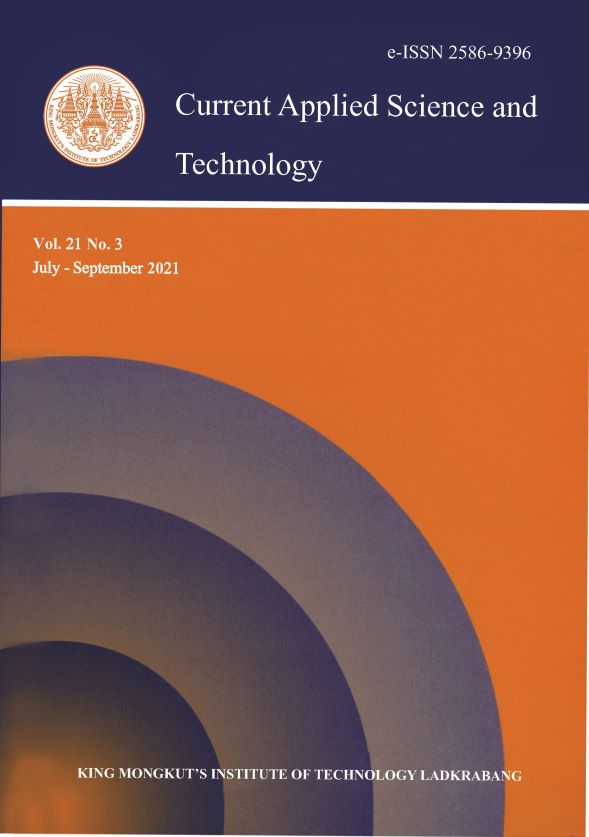Enzyme-induced calcium carbonate precipitation (EICP) is a bio-inspired technique that uses urease to activate the urea-hydrolysis reaction to produce CaCO3 precipitation. This study was conducted to assess the effect of cementation solution concentrations on the plasticity and swell behavior of residual clay soil. The findings showed that the plasticity behaviour of the residual soil was improved. The liquid limit of the residual clay soil decreased from 79% to 58.8%, plastic limit increased from 30% to 47.8%, plasticity index decreased from 49% to 11% and linear shrinkage limit decreased from 16 to 4.3%, and these results reflected an increase in calcium carbonate precipitation from 0% in the untreated soil to 4.09% in the EICP soil sample treated at 1.00 M concentration of cementation solution. The SEM and EDX results indicated the presence of CaCO3 crystals in the treated residual soil, while XRD analysis confirmed the formation of calcite crystals in the treated soil.
Keywords: biocementation; plasticity behaviour; residual clay soil; enzyme-induced calcium carbonate precipitation (EICP)
*Corresponding authour: Email: muttaqaubaz@yhoo.com
Zango*, M. U. undefined. ., Kassim, K. A. undefined. ., Muhammed, A. S. undefined. ., Ahmad, K. undefined. ., Umar, M. undefined. ., & Makinda, J. undefined. . (2021). Improvement in Plasticity Behavior of Residual Clay Soil via Bio-cementation Technique. CURRENT APPLIED SCIENCE AND TECHNOLOGY, 557-568.
